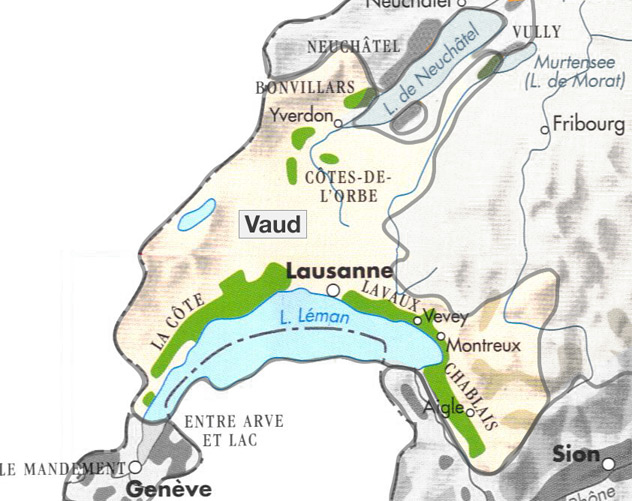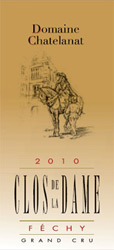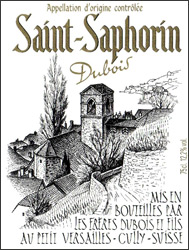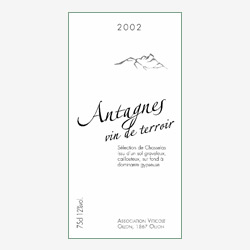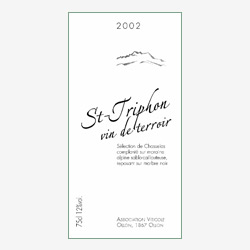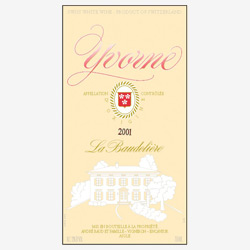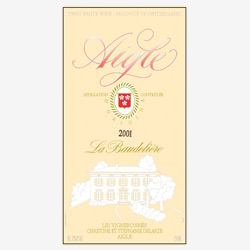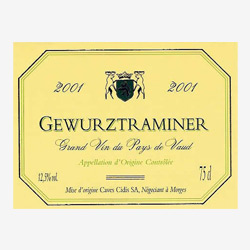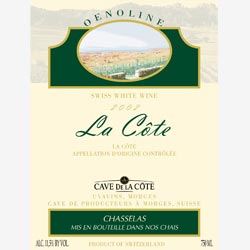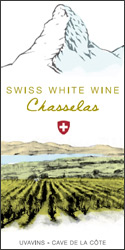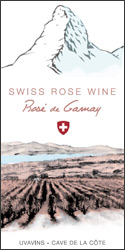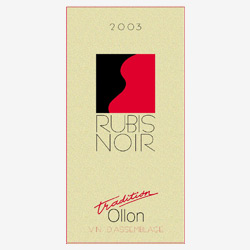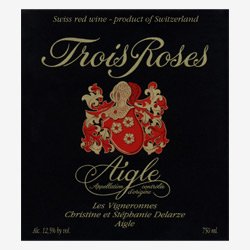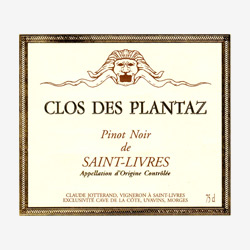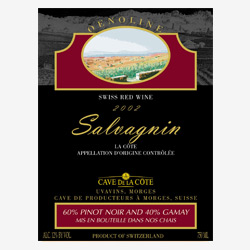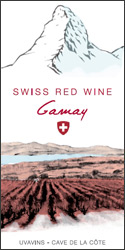Switzerland’s 4th largest canton (state) with a surface of 3,200km2 (791,000 acres), Vaud is located in western Switzerland, surrounds the northern half of Lake Geneva and stretches to the north to the Jura mountains and Lake Neuchâtel, and to the south east to the Alps. It ranks second in wine production with ¼ of all Swiss wines. While Valais produces mostly reds (Pinot), Vaud produces mostly whites (Chasselas). Other varietals widely planted in Vaud include the Gamay (Beaujolais grape) and Pinot Noir, and, growingly, Gamaret and Garanoir.
It has 4 wine regions called Chablais, Lavaux, La Côte and Côtes de l’Orbe, each of which is then subdivided into smaller, village-level appellations (similar to the AOCs of Burgundy or Bordeaux). These include names such as Ollon, Yvorne, Dézaley or Féchy. So although Chasselas is “the” white from Vaud, it is not very well known as a varietal because, as the Burgundians do, the varietal is not listed on the label, just its AOC. The Lavaux region, a beautiful area protected from development, and overlooking Lake Geneva, is home to breath-taking terraced vineyards, and was added in 2007 to the UNESCO’s list of World Heritage sites. In Lavaux, it is said that the sun shines three times: on the vines, on the lake which reflects upon the vineyards, and on the stone walls supporting the vineyards and releasing the heat at night. Vineyards in this area are documented all the way back to year 900 AD.
Due to the diversity of its soils, Vaud’s Chasselas vary widely in style, from very light to full-bodied, sometimes loaded with minerals. La Côte produces the lightest specimen of Chasselas, while the Chablais produces the most mineral examples and the Lavaux the most complex. |
